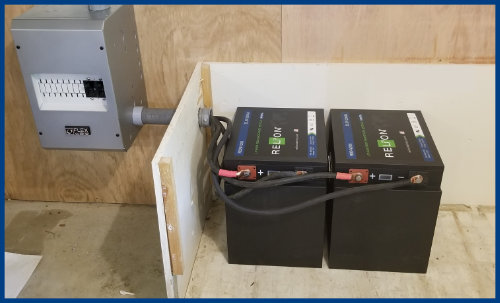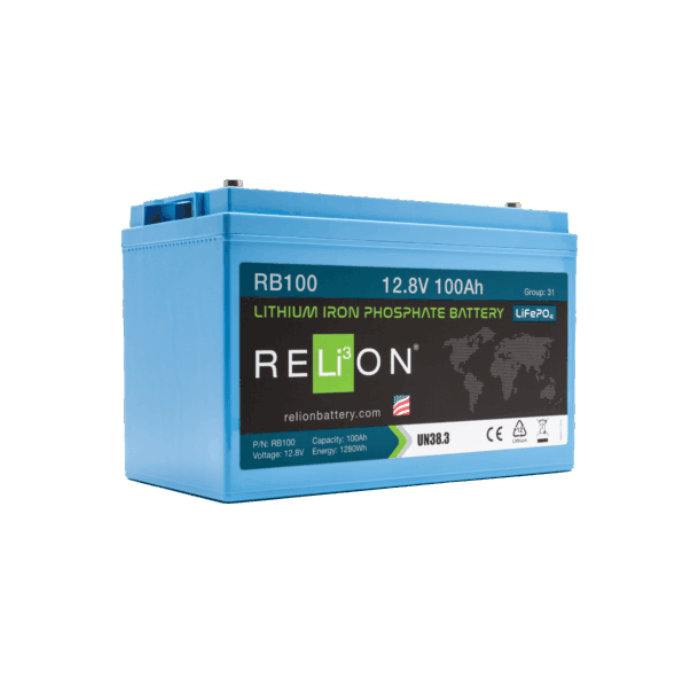Connecting RELiON Batteries in Series and Parallel
Connecting RELiON Lithium Solar Batteries in Series and Parallel
Congratulations on choosing RELiON lithium iron phosphate (LiFePO4) batteries for your energy storage needs. Now that you have chosen the brand and type of batteries for your power system, you are likely wondering how to best configure your battery bank. LiFePO4 batteries are unlike other energy storage solutions, and they have some important configuration requirements you should know about. Read: Lithium Batteries for Solar
Achieving Your Desired Voltage and Energy Storage Capacity with RELiON Solar Batteries
What does it mean to connect batteries in series?
Connecting batteries in series allows you to increase your battery bank’s voltage while maintaining the same current or amperage. For an example, connecting two 12Volt, 100 amp hour batteries in series will supply 100Amps at 24Volts. Batteries connected in series have the Positive (+) terminal of one battery connected to the Negative (-) terminal of the next battery.

What does it mean to connect batteries in parallel?
When you connect batteries in parallel, you double the storage capacity (amperage or rating) but maintain the same voltage. For an example, if you connect two 12Volt, 100Amp batteries in parallel, the batteries would supply 200Amps at 12 volts. Parallel wiring is when your batteries are connected positives terminal to positive terminal (+) and negative terminal to negative terminal.
Here are some important things to consider when thinking about connecting RELiON Lithium Iron Phosphate solar batteries in series:
- Each RELiON battery has its own Battery Management System (BMS) which will shut off the battery to protect the cells from unsafe operating conditions. However, it is important to note that each BMS only monitors the cells within a single battery and not the entire string.
- The charge and discharge rating of RELiON batteries are for each individual battery, not the entire battery bank.
- When charging batteries in series, you need to use a charger that matches your battery’s voltage. For an example, if you’re charging multiple 12-volt batteries with a single 48-volt charger, the charger is taking a voltage measurement of the entire battery bank and not each individual 12-volt battery. This can cause the charger to get a measurement of full before all batteries are the same state of charge, causing the batteries to become out of balance over time.
- If cables are not the proper gauge and the exact same length, the resistance from battery to battery could be different and cause uneven discharge and charge rates. This furthers the decline and inefficiency of the batteries.
- RELiON does not recommend series connections with their batteries in renewable energy applications. Individual 12V leads would be recommended to charge each 12-volt battery in the string, which is not feasible for this type of application.
Connecting RELiON solar batteries in parallel:
When using a single case 48V battery, the BMS is monitoring all cells within that case. Paralleling 48V RELiON batteries to increase the capacity allows for higher charge/discharge rates per number of batteries in the string and maintains a better balance between batteries over the system’s lifetime.
Visit the RELiON website for more product details, or give us a call – we’re always here to help.
